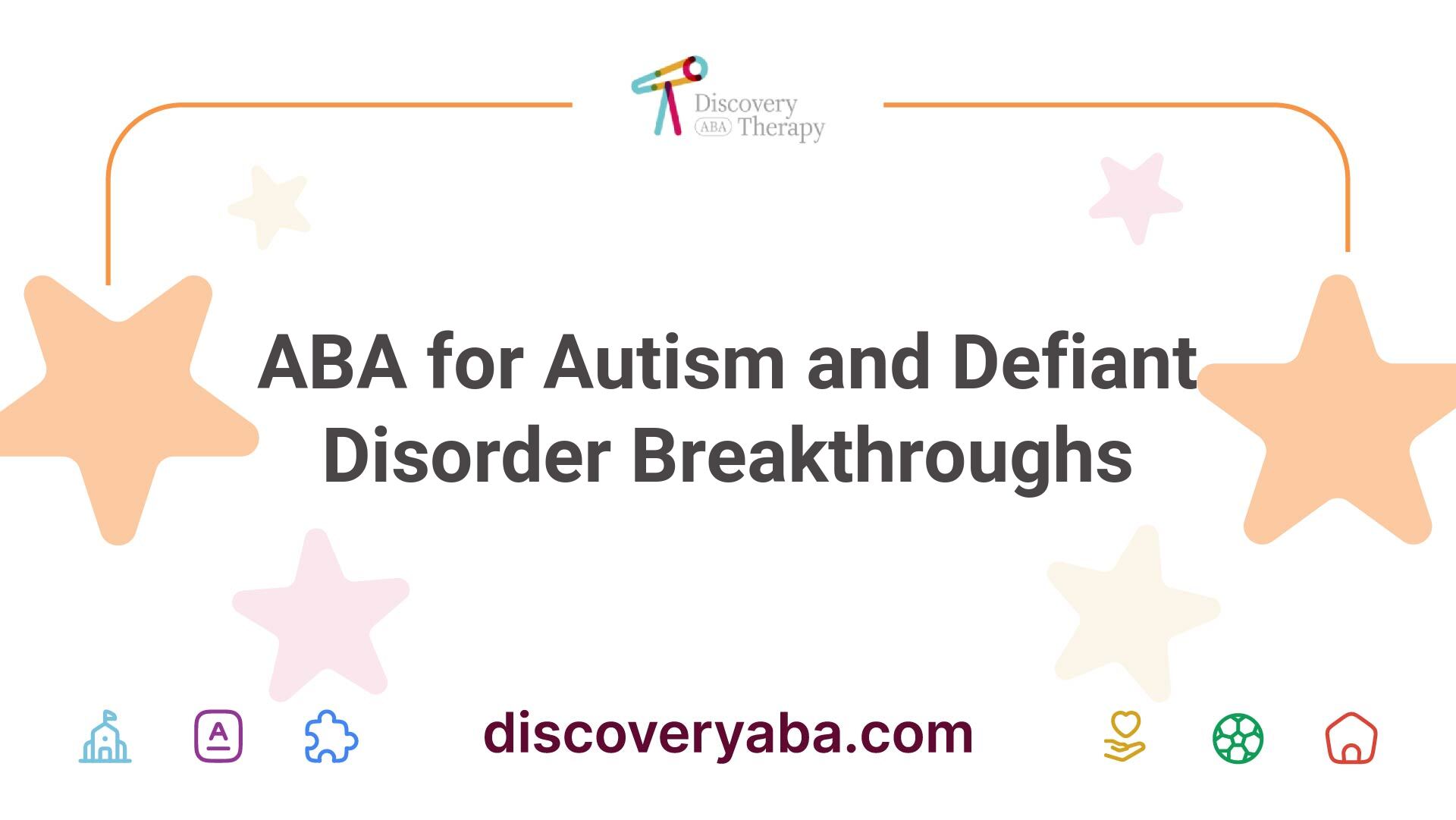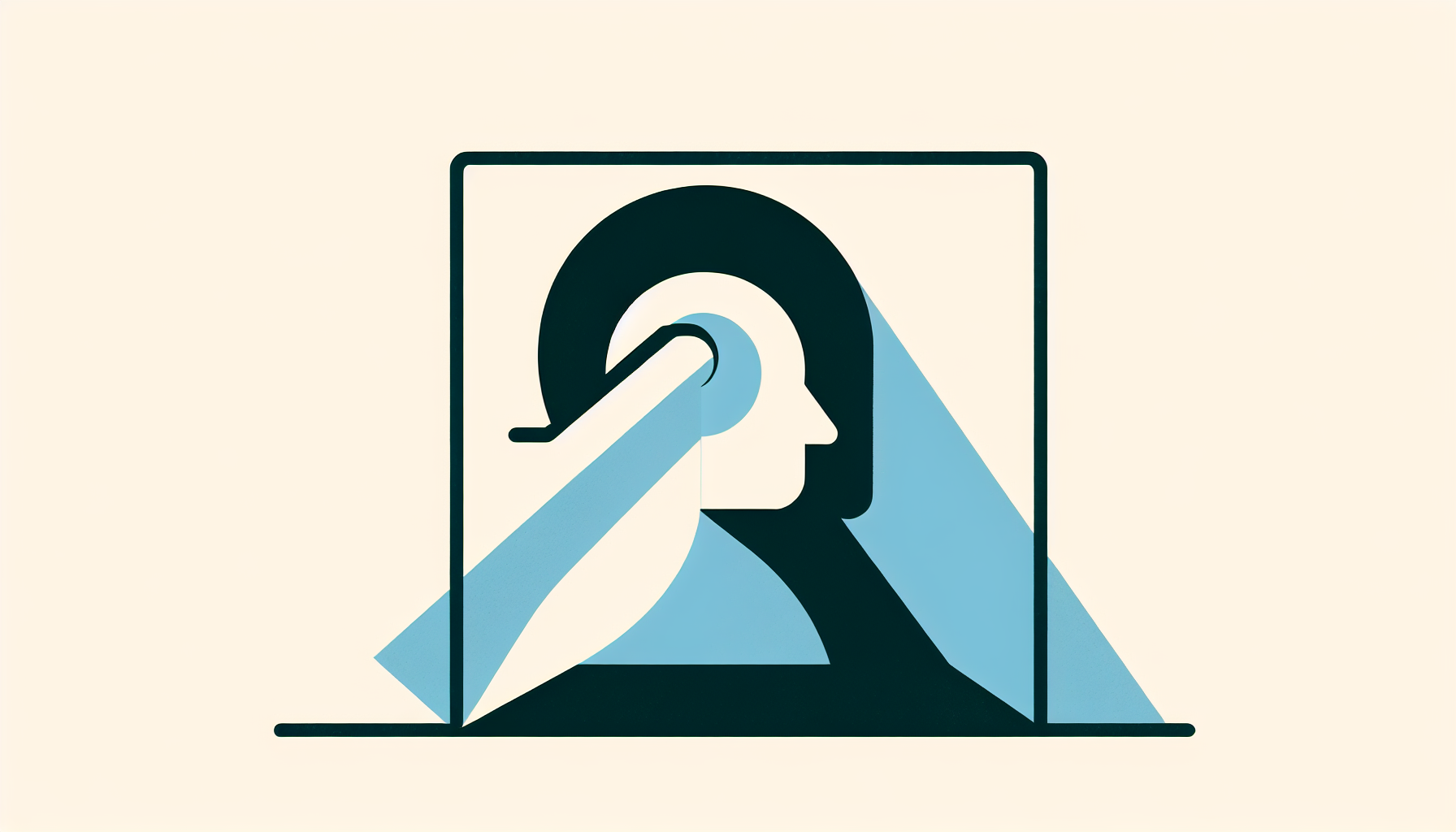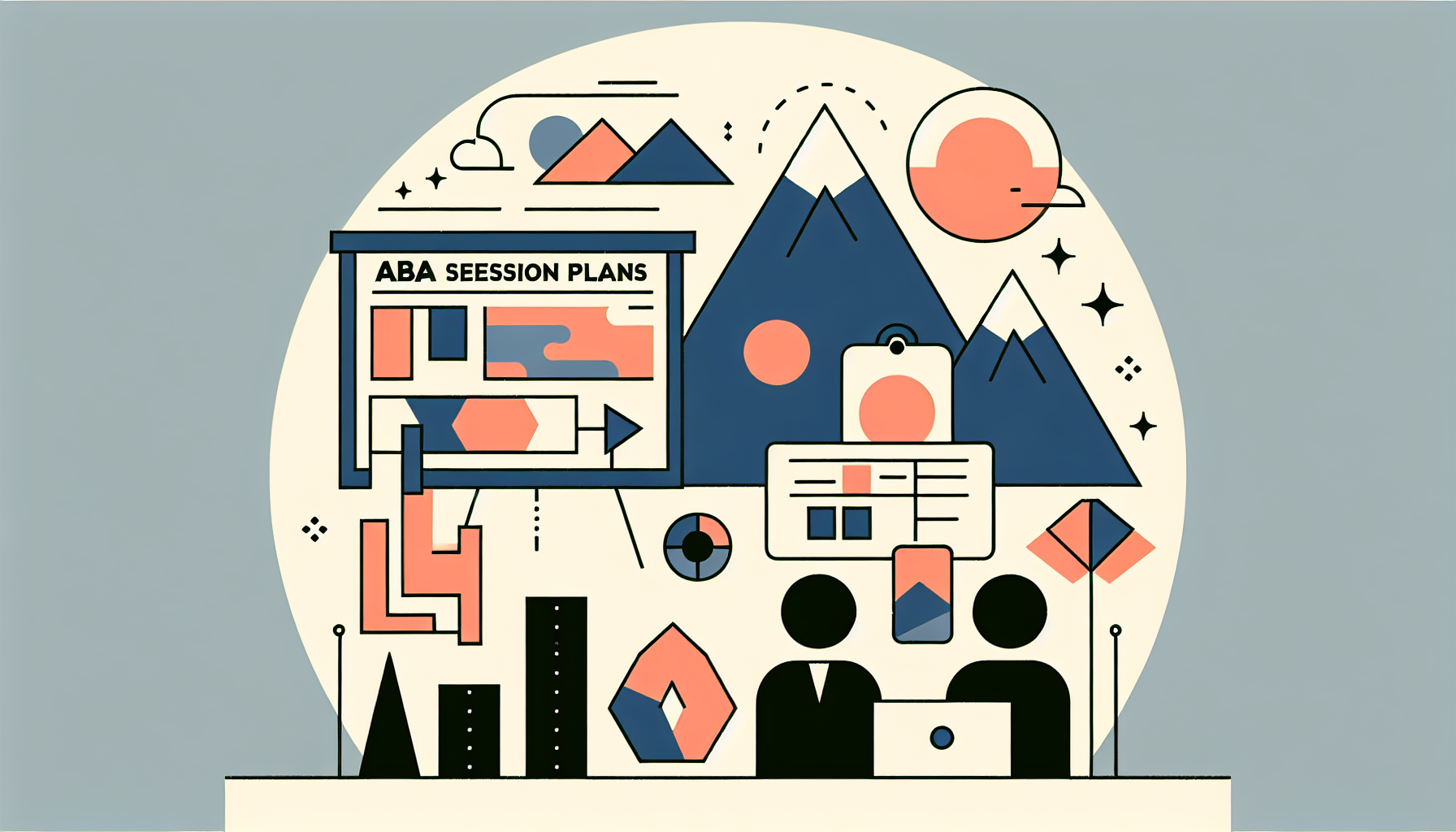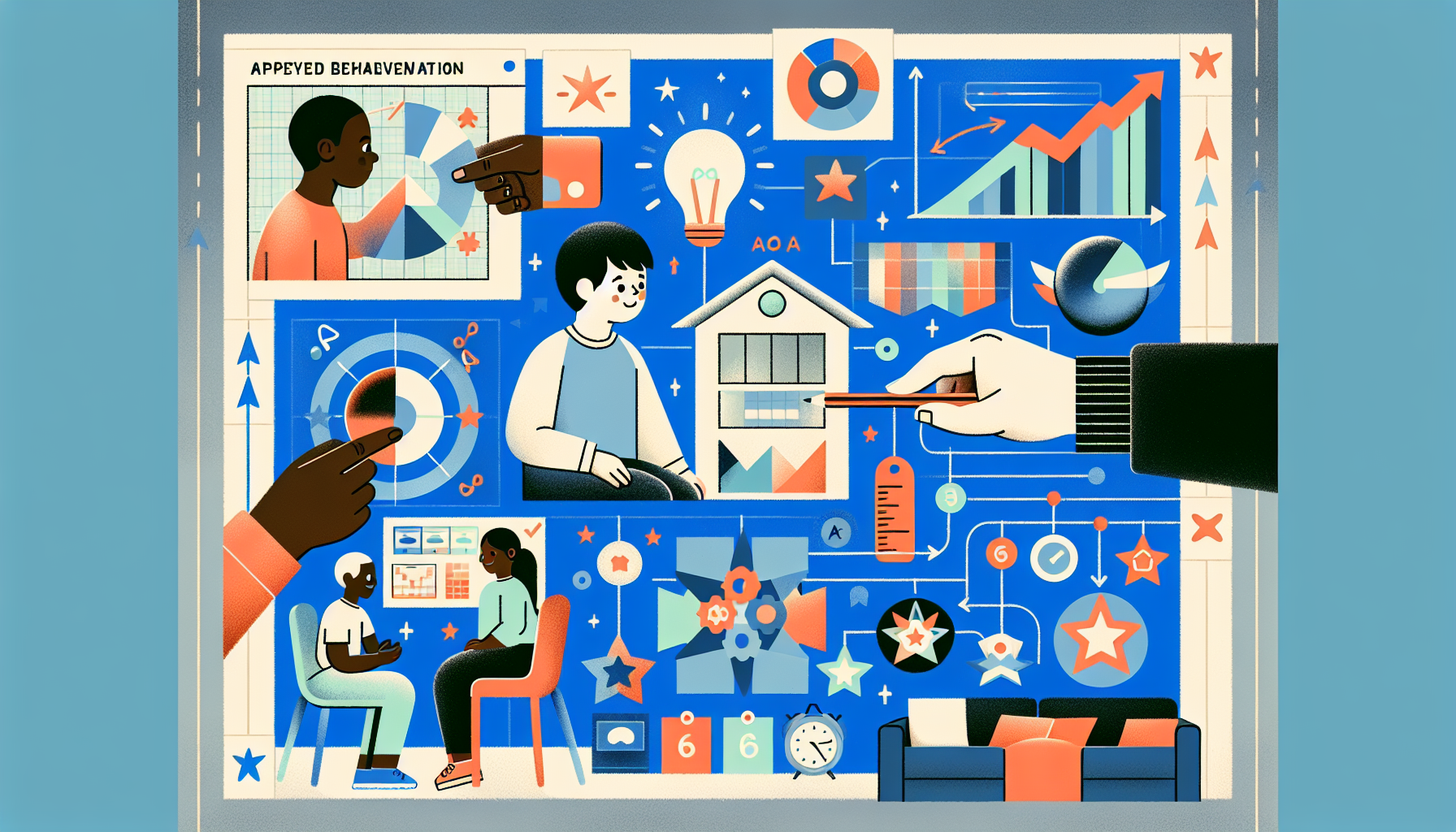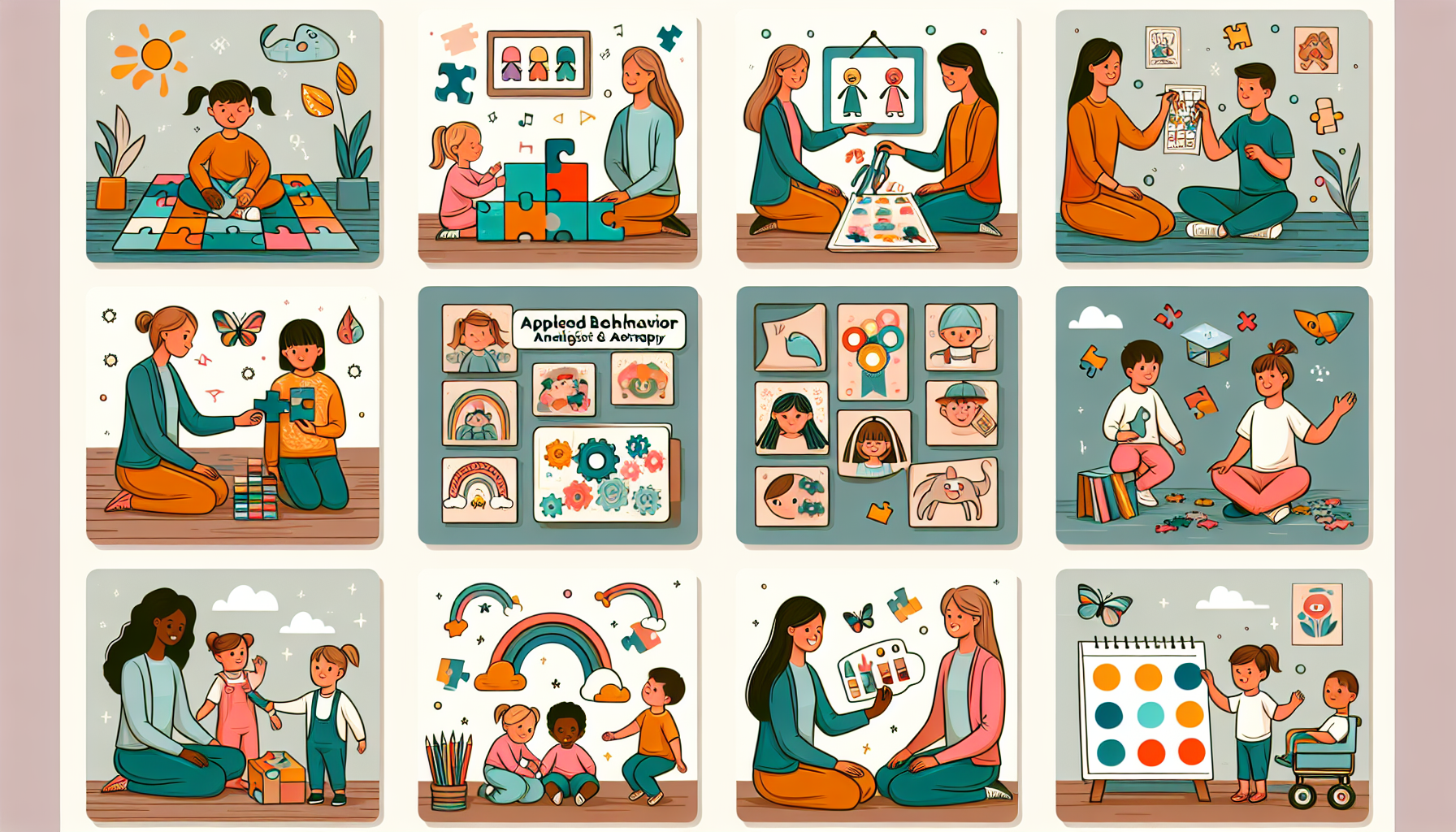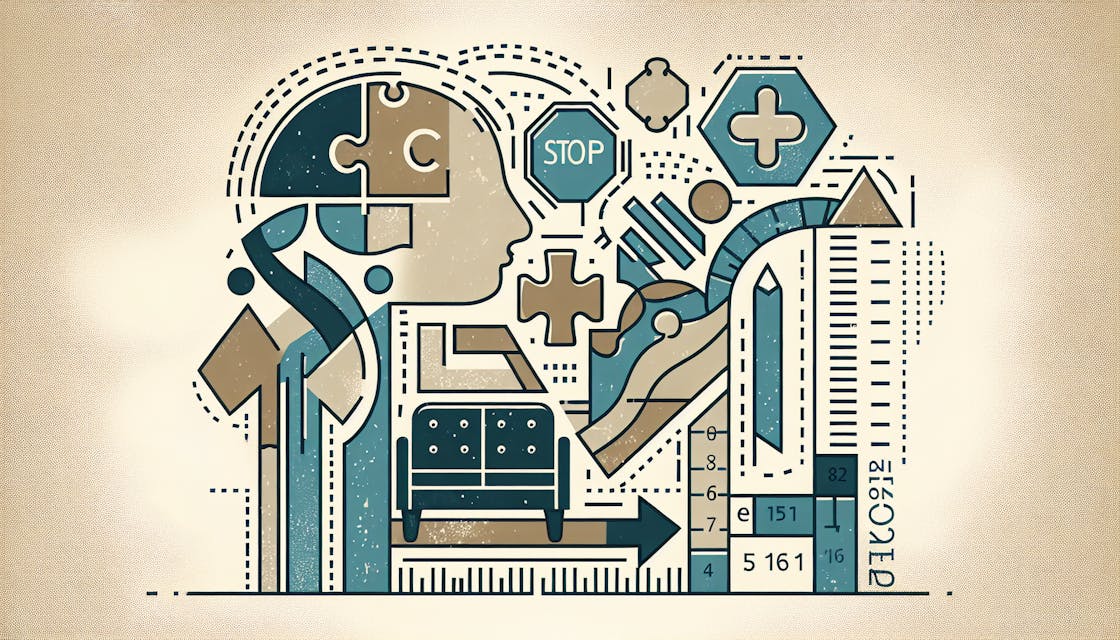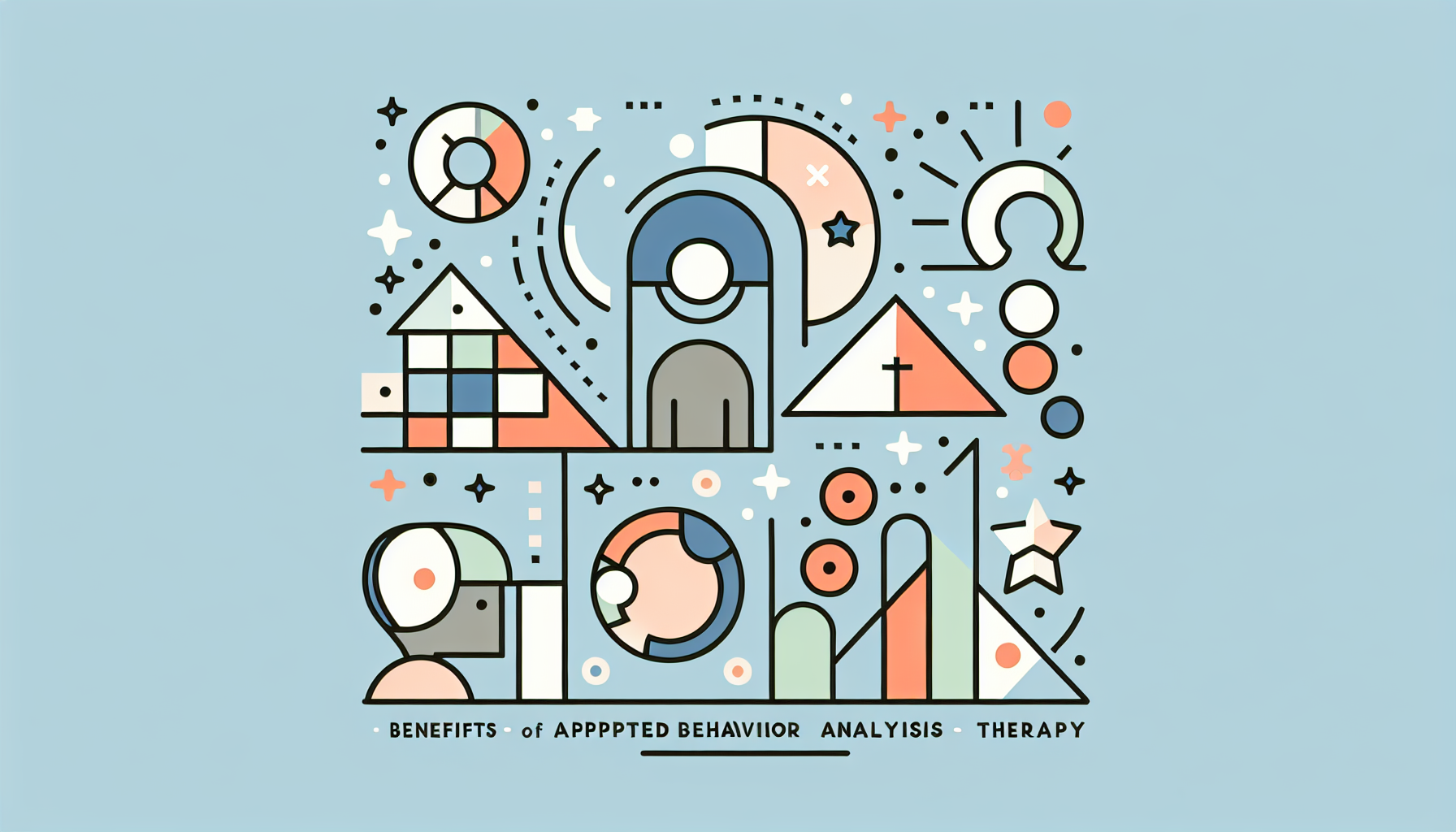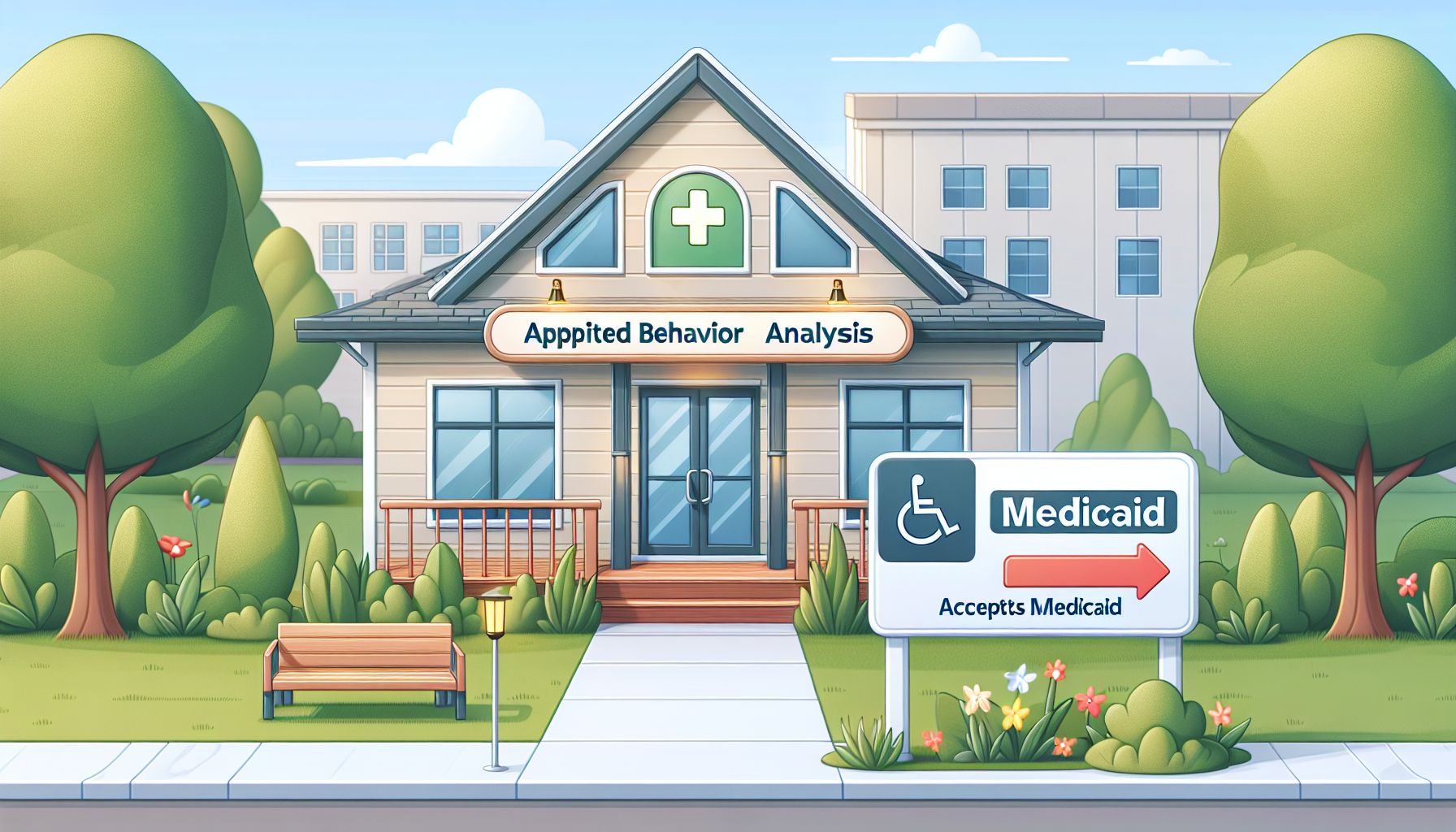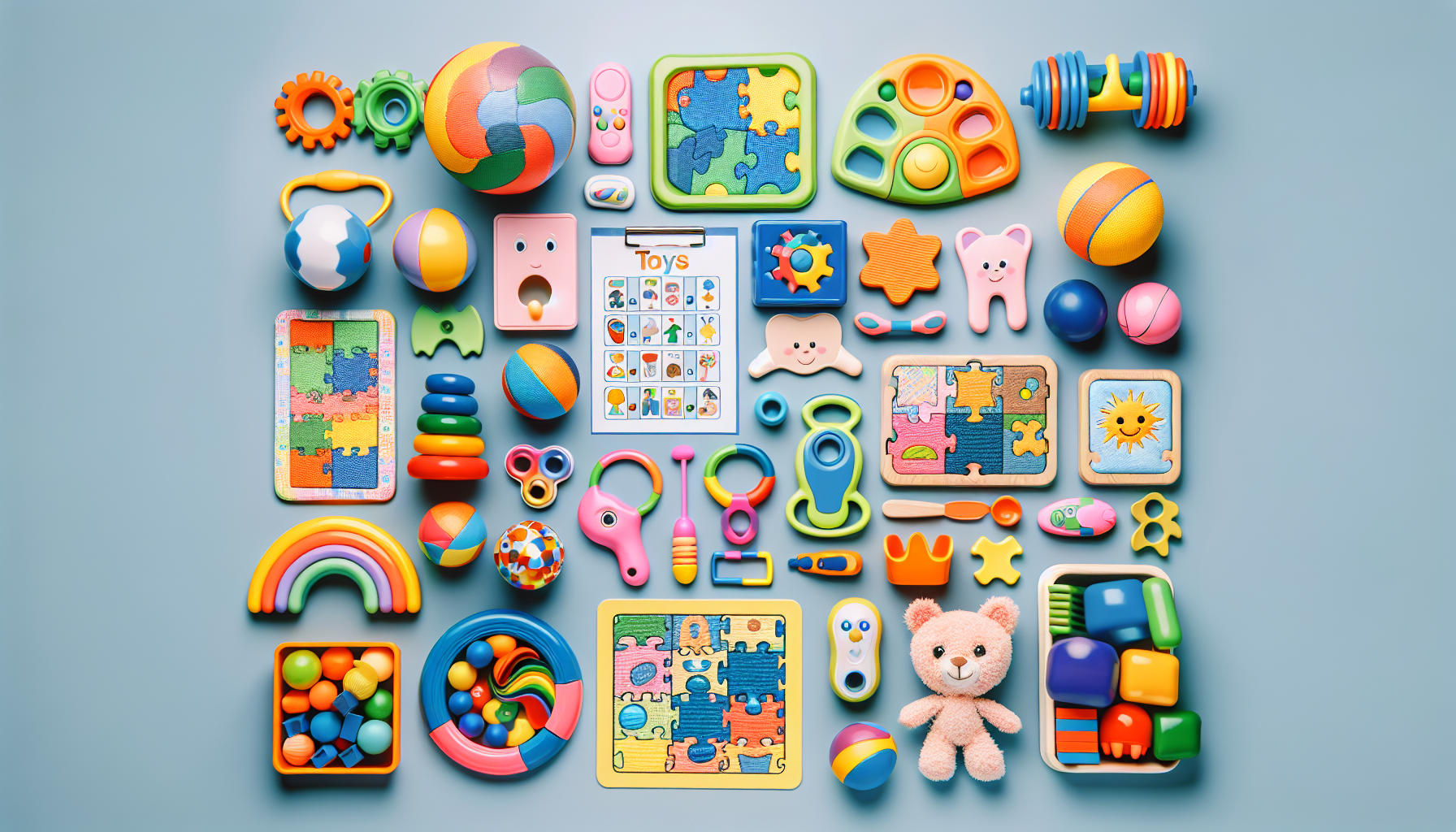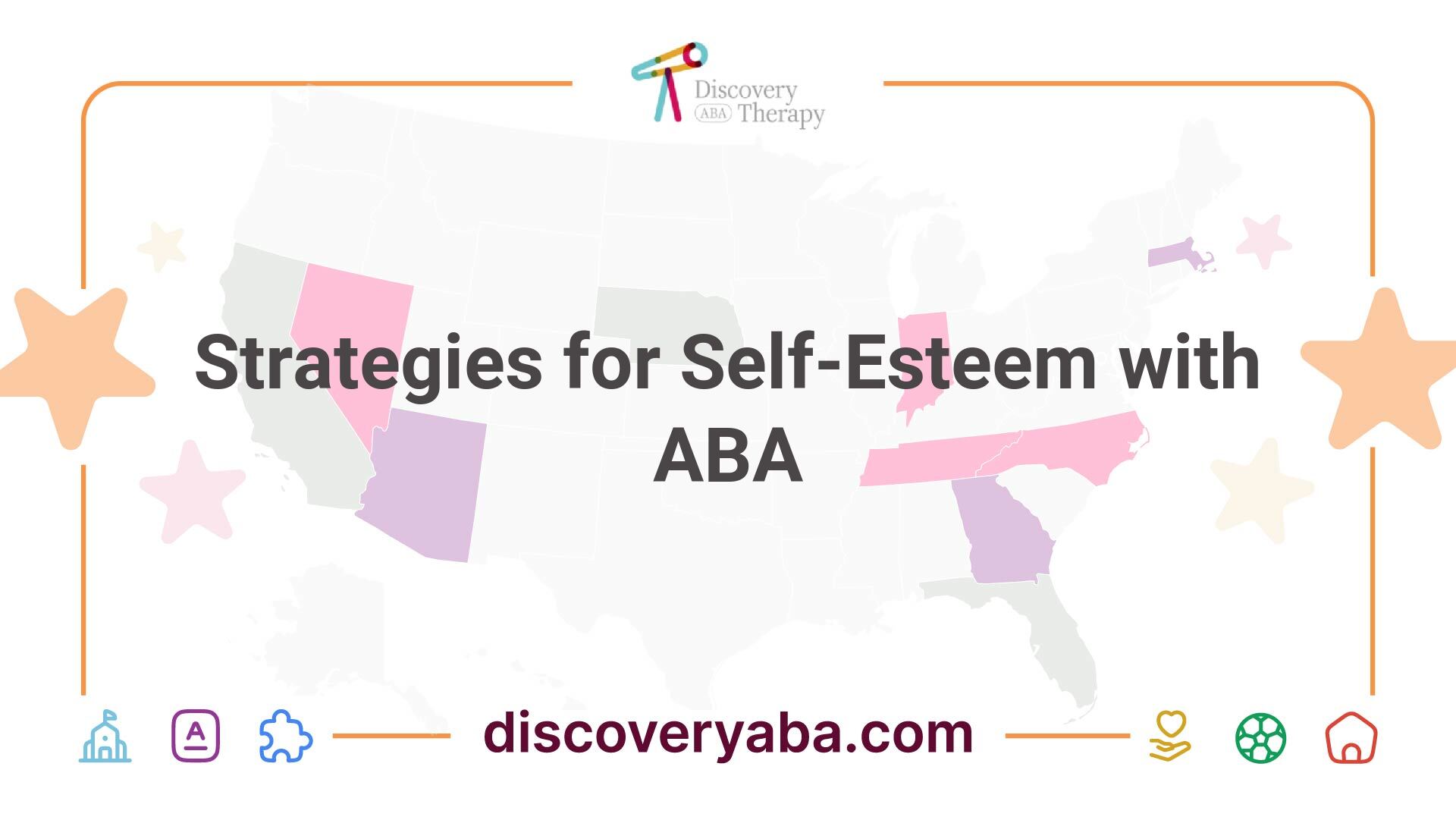Pervasive Developmental Disorder
Navigate the complexities of pervasive developmental disorder with empathy and insight. Uncover the human side of this spectrum, where unique experiences shape individual journeys.

Understanding Pervasive Developmental Disorder (PDD)
Pervasive Developmental Disorder (PDD) is a term used to describe a group of neurodevelopmental disorders that affect individuals' social interactions, communication skills, and behavior. These disorders are typically diagnosed in early childhood and can have a significant impact on an individual's daily functioning and quality of life.
What is Pervasive Developmental Disorder?
Pervasive Developmental Disorder refers to a range of conditions that are characterized by difficulties in social interaction, communication, and behavior. Individuals with PDD may struggle with understanding and interpreting social cues, maintaining eye contact, engaging in reciprocal conversations, and forming meaningful relationships. They may also exhibit repetitive behaviors and have restricted interests.
PDD is considered a spectrum disorder, meaning that individuals with PDD may experience a wide range of symptoms and varying levels of severity. While PDD is often used as an umbrella term, it includes specific disorders such as autism spectrum disorder (ASD), Asperger syndrome, and childhood disintegrative disorder. Each of these disorders has its own unique set of symptoms and diagnostic criteria.
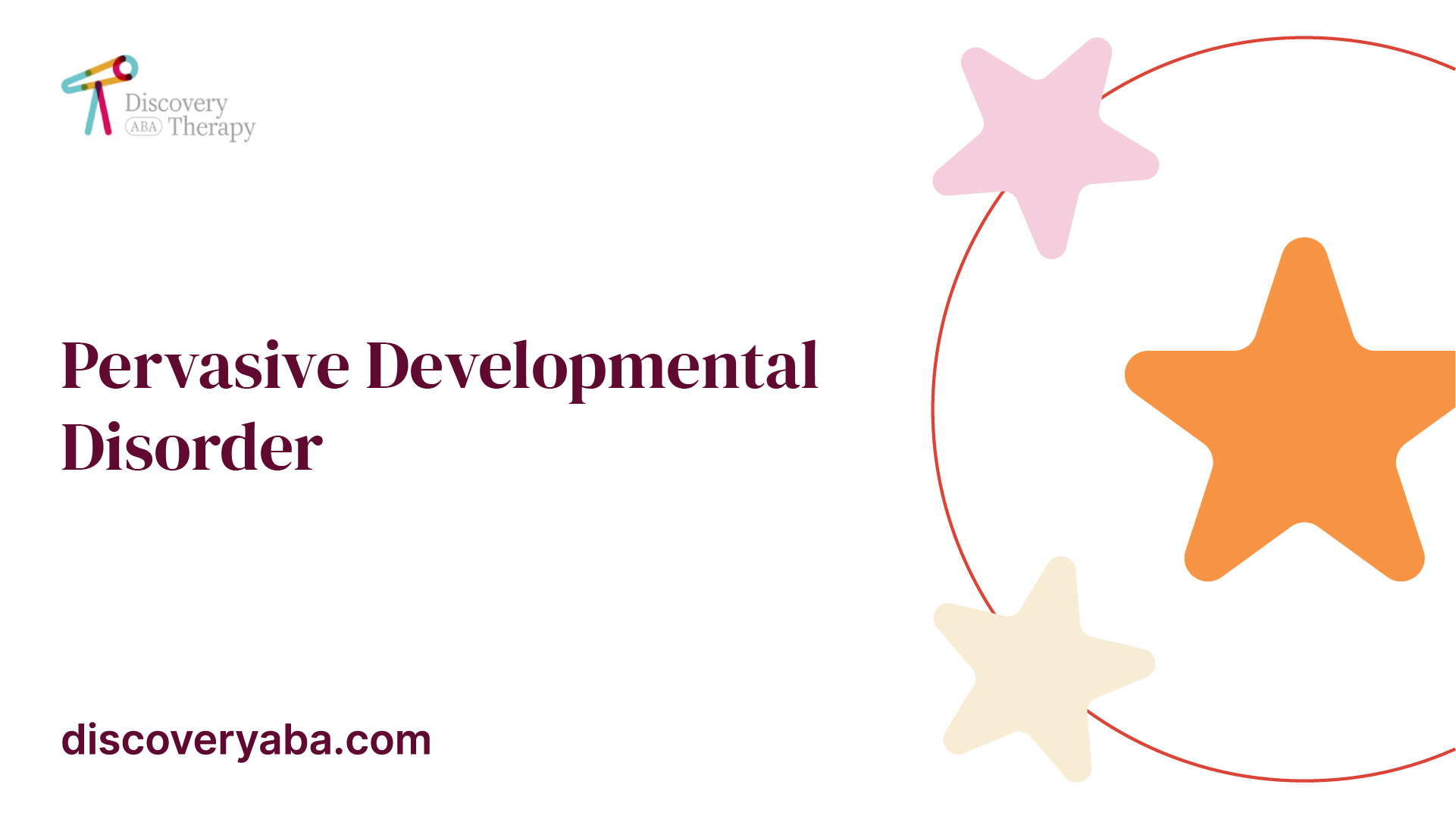
Different Types of Pervasive Developmental Disorders
Within the category of PDD, there are several distinct disorders that share common characteristics. These include:
- Autism Spectrum Disorder (ASD): ASD is the most well-known and prevalent form of PDD. It is characterized by difficulties in social interaction, communication challenges, and the presence of repetitive behaviors or restricted interests.
- Asperger Syndrome: Asperger syndrome is another form of PDD that is characterized by difficulties in social interaction and communication. However, individuals with Asperger syndrome typically have average to above-average intelligence and may exhibit intense interests in specific subjects.
- Childhood Disintegrative Disorder: Childhood disintegrative disorder is a rare form of PDD where children develop normally for the first few years of life and then experience a significant loss of previously acquired skills, such as language, social abilities, and motor skills.
- Rett Syndrome: Rett syndrome is a genetic disorder that predominantly affects females. It leads to a regression in skills and the development of repetitive hand movements. Individuals with Rett syndrome often have severe intellectual disabilities.
Understanding the different types of PDD is essential for accurate diagnosis and appropriate intervention. Early intervention and individualized therapies can greatly improve outcomes for individuals with PDD, helping them lead fulfilling and meaningful lives.
Characteristics of PDD
Pervasive Developmental Disorder (PDD) is characterized by a range of symptoms and behaviors that affect an individual's social interaction, communication, and interests. Understanding these characteristics is key to recognizing and supporting individuals with PDD.
Social Interaction Challenges
One of the primary characteristics of PDD is social interaction challenges. Individuals with PDD may struggle to engage in typical social interactions and may exhibit difficulties in forming and maintaining relationships. They may have difficulty understanding social cues, reading facial expressions, or interpreting nonverbal communication. As a result, they may find it challenging to initiate or sustain conversations and struggle with peer interactions.
Communication Difficulties
Communication difficulties are another hallmark of PDD. Individuals with PDD may struggle with both verbal and nonverbal communication. They may have delayed language development, difficulty with expressive language skills, or limited vocabulary.
Some individuals may also have trouble understanding and interpreting language, leading to challenges in following instructions or engaging in meaningful conversations. In some cases, individuals with PDD may rely on nonverbal communication methods, such as gestures or visual supports, to enhance their communication skills.
Repetitive Behaviors and Restricted Interests
Repetitive behaviors and restricted interests are common features of PDD. Individuals with PDD may engage in repetitive movements, such as hand-flapping, rocking, or spinning. They may also display a strong preference for routine and sameness, becoming distressed or anxious when routines are disrupted. Additionally, individuals with PDD often develop intense and narrow interests in specific topics or objects, focusing on them to the exclusion of other activities or subjects.
Understanding these characteristics can help caregivers and professionals identify PDD and provide appropriate support and interventions.
Remember, each individual with PDD is unique, and the severity and presentation of these characteristics may vary. Early intervention and tailored support can make a significant difference in helping individuals with PDD reach their full potential.
Diagnostic Criteria for PDD
To properly identify and diagnose pervasive developmental disorder (PDD), healthcare professionals rely on specific criteria outlined in the Diagnostic and Statistical Manual of Mental Disorders (DSM-5). This manual provides a standardized classification system for mental disorders, including PDD. The assessment and evaluation process is crucial in determining an accurate diagnosis.
Diagnostic and Statistical Manual of Mental Disorders (DSM-5)
The DSM-5 is a widely recognized resource used by clinicians and researchers to diagnose mental disorders. It provides a comprehensive list of criteria and symptoms for various conditions, including PDD. The DSM-5 classifies PDD as a neurodevelopmental disorder characterized by impairments in social communication and interaction, as well as restricted and repetitive behaviors.
The diagnostic criteria for PDD outlined in the DSM-5 include:
Persistent deficits in social communication and interaction across multiple contexts, such as:
- Deficits in social-emotional reciprocity (e.g., difficulty initiating or responding to social interactions).
- Deficits in nonverbal communicative behaviors (e.g., limited eye contact, lack of facial expressions).
- Deficits in developing, maintaining, and understanding relationships.
Restricted, repetitive patterns of behavior, interests, or activities, as manifested by at least two of the following:
- Stereotyped or repetitive motor movements, use of objects, or speech.
- Insistence on sameness, inflexible adherence to routines, or ritualized patterns.
- Highly restricted, fixated interests that are abnormal in intensity or focus.
- Hyper- or hyporeactivity to sensory input or unusual interest in sensory aspects of the environment.
- Symptoms must be present in early childhood, but may not become fully evident until social demands exceed limited capacities.
- Symptoms cause significant impairments in social, occupational, or other important areas of functioning.
- These disturbances are not better explained by intellectual disability or global developmental delay.
Assessment and Evaluation Process
The assessment and evaluation process for PDD involves a comprehensive evaluation conducted by a qualified healthcare professional. This process typically includes:
- Medical history and observation: The healthcare professional will gather information about the individual's medical history and observe their behavior and interactions in various settings.
- Developmental and behavioral assessments: Standardized assessments and questionnaires may be used to evaluate the individual's developmental milestones, social communication skills, and behavior patterns.
- Parent or caregiver interviews: Gathering information from parents or caregivers is crucial in understanding the individual's behavior and developmental history.
- Collaboration with multidisciplinary team members: In some cases, the assessment process may involve collaboration with professionals from different disciplines, such as psychologists, speech therapists, and occupational therapists.
- Diagnostic determination: Based on the information gathered during the assessment process, the healthcare professional will determine whether the individual meets the diagnostic criteria for PDD.
Accurate diagnosis is essential for individuals with PDD, as it opens doors to appropriate support, intervention, and treatment options.
Common Symptoms of Pervasive Developmental Disorder
Pervasive Developmental Disorder (PDD) is characterized by a range of symptoms that affect an individual's social interaction, communication, and behavior. Understanding these symptoms is crucial for early identification and intervention. In this section, we will explore three common symptoms associated with PDD: social communication challenges, repetitive behaviors and restricted interests, and sensory sensitivities.
Social Communication Challenges
One of the hallmark symptoms of PDD is difficulty with social communication. Individuals with PDD may find it challenging to engage in reciprocal conversations, understand nonverbal cues, and maintain eye contact. They may struggle with understanding and using gestures, facial expressions, and tone of voice to convey or interpret emotions and intentions.
Additionally, individuals with PDD may have difficulty developing and maintaining age-appropriate peer relationships. They may struggle with initiating and sustaining conversations, sharing interests, and understanding social norms and rules. These challenges in social communication can significantly impact daily interactions and social integration.
Repetitive Behaviors and Restricted Interests
Repetitive behaviors and restricted interests are another common symptom of PDD. Individuals with PDD may engage in repetitive movements such as hand flapping, rocking, or spinning. They may also exhibit repetitive behaviors like lining up objects, arranging items in a specific order, or repeating certain phrases or words.
Furthermore, individuals with PDD often develop intense, narrow interests in specific topics or objects. They may spend an excessive amount of time studying and memorizing details about their interests. These restricted interests may interfere with their ability to engage in age-appropriate play and social interactions.
Sensory Sensitivities
Sensory sensitivities are frequently observed in individuals with PDD. They may experience heightened or decreased sensitivities to sensory stimuli such as sounds, lights, textures, tastes, or smells. For example, some individuals with PDD may be hypersensitive to certain sounds, finding them overwhelming or distressing. Conversely, others may seek out intense sensory input, such as spinning or touching certain textures, to regulate their sensory experiences.
Understanding and addressing these sensory sensitivities can significantly improve an individual's comfort and overall well-being. Occupational therapy and sensory integration techniques are often used to help individuals with PDD manage their sensory sensitivities and develop coping strategies.
By recognizing these common symptoms of PDD, individuals and caregivers can seek appropriate support and interventions. Early identification and intervention are essential for individuals with PDD to optimize their development and improve their quality of life.
PDD and Autism Spectrum Disorder (ASD)
Pervasive Developmental Disorder (PDD) and Autism Spectrum Disorder (ASD) are closely related terms used in the field of developmental disorders. Understanding the relationship between PDD and ASD is crucial to gain a comprehensive understanding of these conditions.
Relationship Between PDD and ASD
Pervasive Developmental Disorder is an umbrella term that encompasses several neurodevelopmental disorders characterized by impairments in social interaction, communication, and restricted or repetitive behaviors. Autism Spectrum Disorder is one of the disorders included under the PDD umbrella.
Autism Spectrum Disorder (ASD) is a specific developmental disorder that falls within the PDD category. It is a complex neurodevelopmental condition that affects an individual's social skills, communication abilities, and behavior. The term "spectrum" is used to highlight the wide range of symptoms and levels of functioning observed in individuals with ASD.
Overlapping Symptoms and Features
Pervasive Developmental Disorder and Autism Spectrum Disorder share many overlapping symptoms and features. These include:
- Impairments in social interaction: Both PDD and ASD are characterized by difficulties in social interaction. Individuals with these conditions may struggle with making eye contact, understanding social cues, and engaging in reciprocal conversations.
- Communication challenges: People with PDD and ASD often exhibit difficulties in communication. They may have delays in speech and language development, use repetitive or unusual language patterns, or struggle with understanding and using nonverbal communication.
- Repetitive behaviors and restricted interests: Both PDD and ASD involve the presence of repetitive behaviors, routines, and restricted interests. Individuals may engage in repetitive body movements (such as hand-flapping or rocking), have a strong adherence to specific routines, and display intense interests in particular topics or objects.
While there are similarities between PDD and ASD, the diagnostic criteria and specific features may vary. The Diagnostic and Statistical Manual of Mental Disorders (DSM-5) provides detailed criteria for diagnosing ASD and other disorders within the PDD category.
Understanding the relationship between PDD and ASD is essential for individuals with these conditions, as well as their caregivers. It helps guide the assessment, diagnosis, and treatment approaches used to support individuals with PDD or ASD.
Support and Resources for PDD
When it comes to pervasive developmental disorder (PDD), accessing the right support and resources is crucial for individuals with PDD and their caregivers. These resources can help individuals navigate the challenges associated with PDD and provide effective interventions and support. Here are some key support and resource options available:
Early Intervention Programs
Early intervention programs play a vital role in supporting individuals with PDD. These programs are designed to provide targeted interventions and therapies during the early years of a child's development. Early intervention aims to address the specific challenges associated with PDD and promote optimal development in areas such as communication, social interaction, and behavior.
These programs often involve a multidisciplinary team of professionals, including speech therapists, occupational therapists, and behavioral therapists. The interventions provided are tailored to the unique needs of each individual and may include therapies such as Applied Behavior Analysis (ABA) and speech therapy.
Therapies and Interventions
Various therapies and interventions can greatly benefit individuals with PDD. These therapies are designed to address the specific challenges individuals face in social interaction, communication, and behavior. Some commonly used therapies include:
- Speech Therapy: Speech therapy focuses on improving communication skills, including expressive and receptive language, articulation, and social communication. It can help individuals with PDD develop functional communication skills and enhance their ability to interact with others.
- Occupational Therapy: Occupational therapy aims to improve individuals' ability to perform daily activities and develop fine motor skills. Occupational therapists work with individuals with PDD to enhance their independence and functional skills, such as self-care, sensory integration, and motor coordination.
- Applied Behavior Analysis (ABA): ABA is a scientifically validated approach that focuses on behavior modification. It helps individuals with PDD acquire new skills, reduce challenging behaviors, and improve social interactions. ABA therapy is highly individualized and involves breaking down skills into small, manageable steps to promote successful learning and progress.
Community Support Organizations
Community support organizations play a crucial role in providing support, resources, and advocacy for individuals with PDD and their families. These organizations can connect individuals with PDD and their caregivers to valuable services, support groups, and educational resources. They often organize workshops, seminars, and events aimed at raising awareness and providing a sense of community for those affected by PDD.
By connecting with community support organizations, individuals and caregivers can access a network of support, gain valuable insights, and connect with others who share similar experiences. These organizations can also help individuals navigate the available services and resources in their local communities.
Accessing the right support and resources is essential for individuals with PDD and their caregivers. Early intervention programs, therapies and interventions, and community support organizations can provide a wealth of assistance and guidance. By utilizing these resources, individuals with PDD can receive the support they need to thrive and reach their full potential.
Summary
As we conclude our exploration of pervasive developmental disorders, let's carry forward the understanding that each story within this spectrum is as unique as the individual living it.
By embracing the human side of these experiences, we pave the way for empathy, acceptance, and support. Let's foster a community where differences are celebrated, and every person, regardless of their developmental journey, is recognized for the richness they bring to our collective tapestry. In the end, it's not about the disorder but the shared humanity that connects us all. Here's to a future where inclusivity and compassion guide our interactions, making the world a better place for everyone.
Sources
Find More Articles
Contact us
North Carolina, Tennessee, Nevada, New Jersey, Utah, Virginia
New Hampshire, Maine
Massachusetts, Indiana, Arizona, Georgia
.avif)





























%2520(1).jpeg)









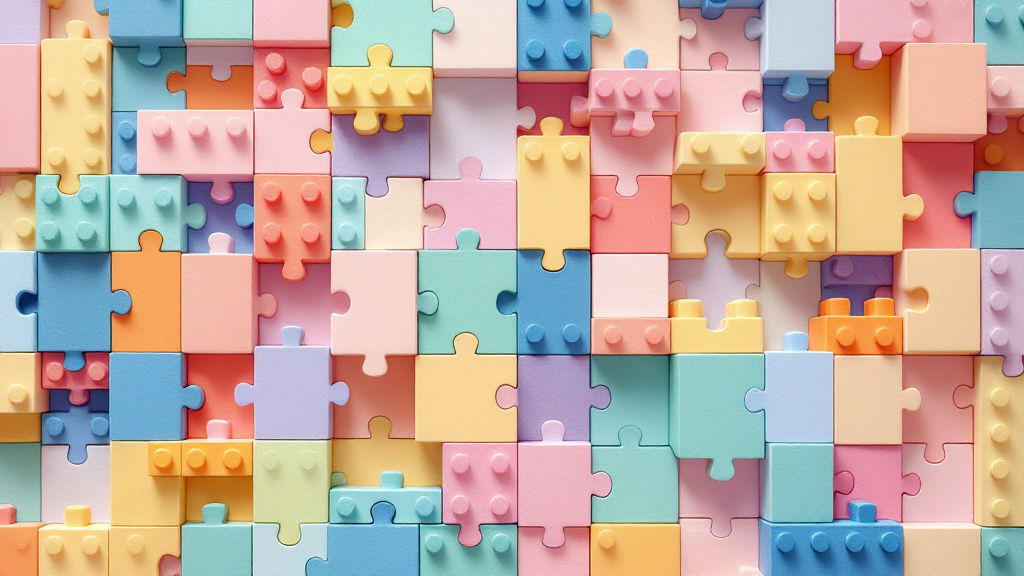





















.jpeg)














